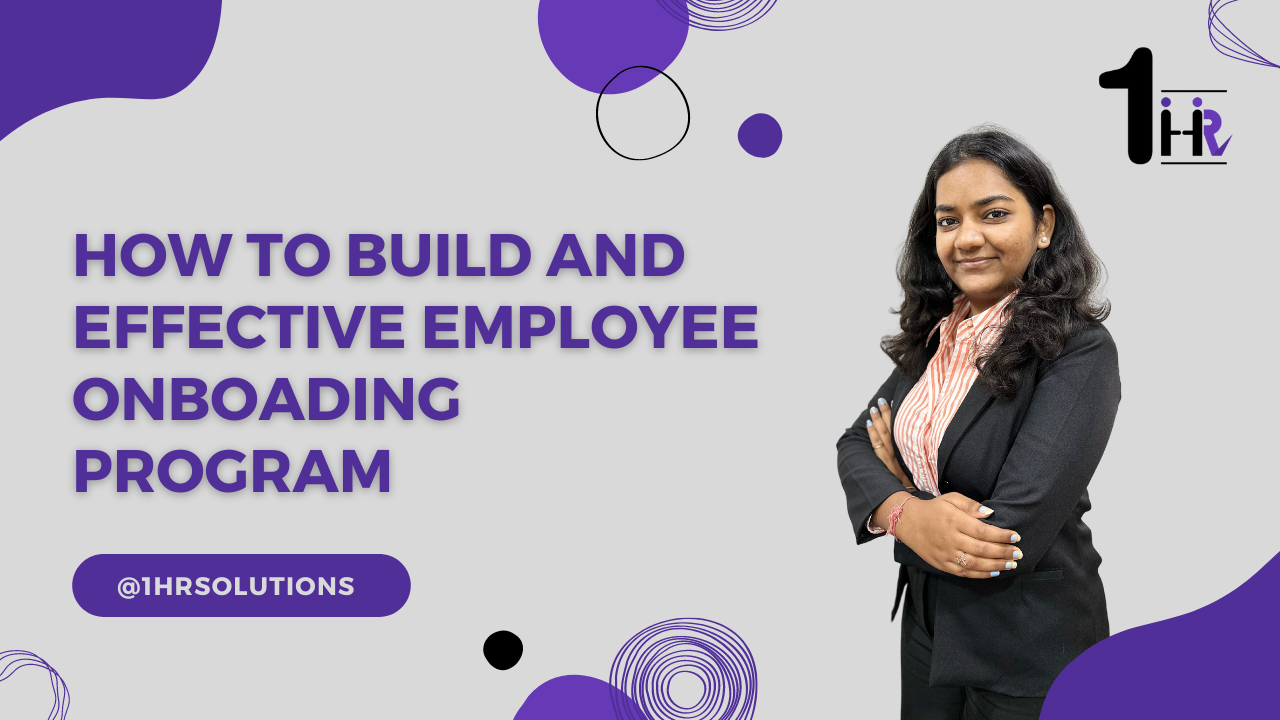How to build an Effective Employee
Onboarding Program
-Chandan Kumar

Employee onboarding program refers to the process of making a newly hired employee feel their new workplace vibing to their comfort zone. As soon as they feel connected to their new workplace, they will start giving best outputs just after a little while of joining. The process of onboarding usually starts form the point where a person accepts the job offer and the process can last for few days or months, depends on the quality. The main motto of effective employee onboarding program is to facilitate a smooth transition for new hires which ensures that they understand their role of responsibilities, the work ethics of the company, the culture they will be working in. The process also helps the employees to observe the company’s vision, mission so that they can start working for the company’s growth in the required path. A Gallup study showed that only 12 percent of employees felt that their company gave them a remarkable onboarding process, you can read more about it here.
The famous 4 phases of effective employee onboarding are as follows:-
Phase 1: Preboarding
When an employee is at the day one of their job they should be made clear as to what to expect and what is expected from them. The employee should be handed over a checklist that introduce them to their role within the company. The checklist can have things like corporate overview, employee handbook, compliance policy, social media and blogging policy, benefits package information, dress code information, and a list of resources to help the employee be successful in the position.
Phase 2: Onboarding and welcoming new employees
This is the orientation phase or the time when the employees come in your organization first time. The orientation period can act as the introduction of the senior employees working before them. This period can help them know their mentors who will be helping them for their smooth transition in the company. The new employees can get to know better the management. They can have this opportunity to know the key people in the organization.
Phase 3: Employee Training
Employee training is the most important part of the effective employee onboarding. Many companies expect their new recruits to just know their job from the time they were applying for the roles. This training phase can be used by the employers to give a clear picture of the job and expectations with the role. The training can be done in the form of seminars, workshops etc. New recruits can ask their doubts to have the clear picture.
Phase 4: Transition
The new recruits need to slowly integrate into their new workplace, their team. The employee will have a transition from working alone to working with the team. This transition is extremely important for the new ones. After the completion of this transition with their peers the person can work fully-fledged.
Let us see some of the best practices that we can have for an effective employee onboarding program.
1. Start Preboarding
2. Create a structured onboarding plan
3. Assign a buddy or mentor
4. Provide thorough orientation
5. Customize the onboarding experience
6. Balance information and interaction
7. Set clear expectations and goals
8. Provide continuous support and feedback
All these process and phases are no good if you don’t let the employee have some time for their adaptability. So give them the space and time and they will grow with you for the organization.